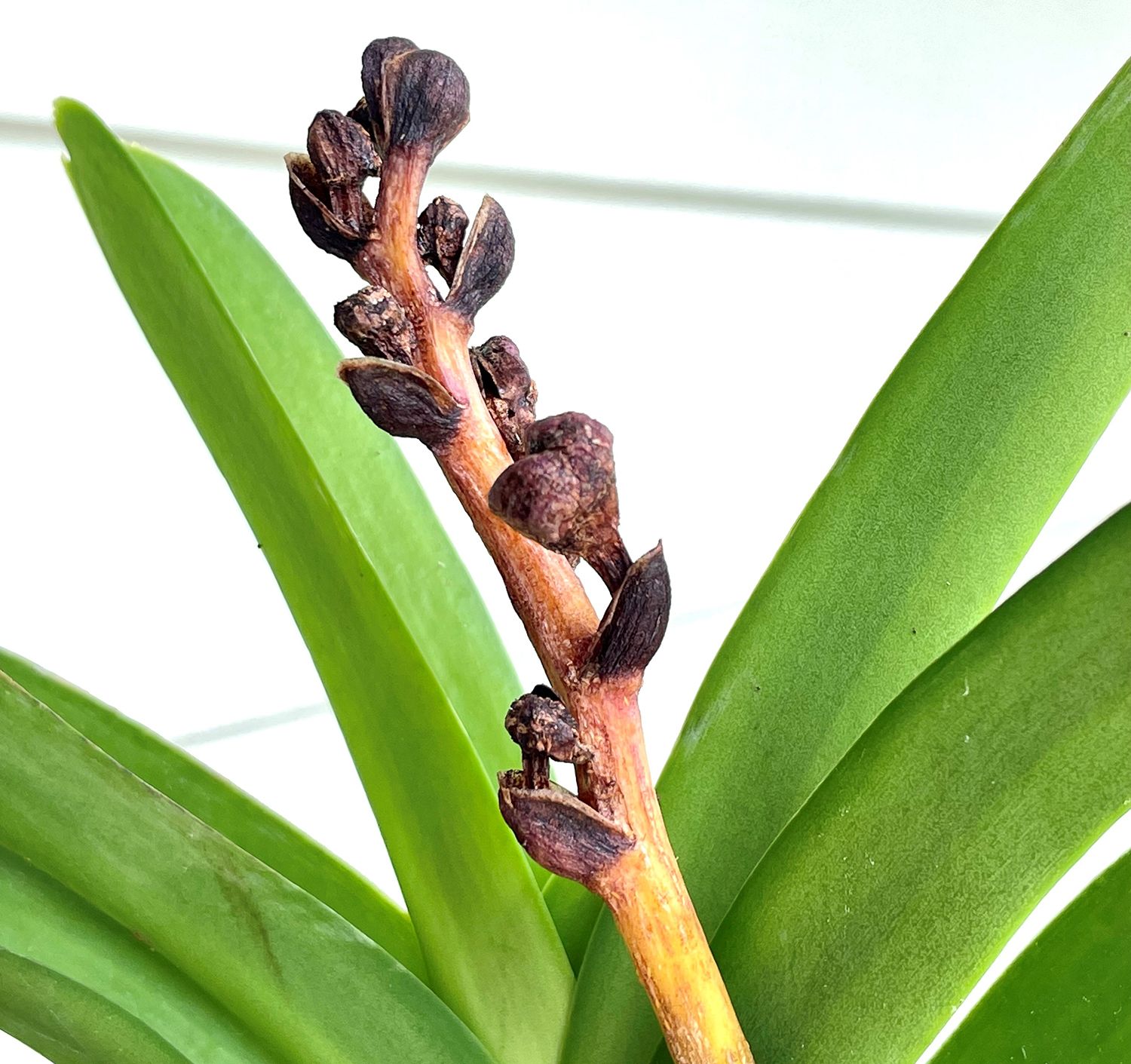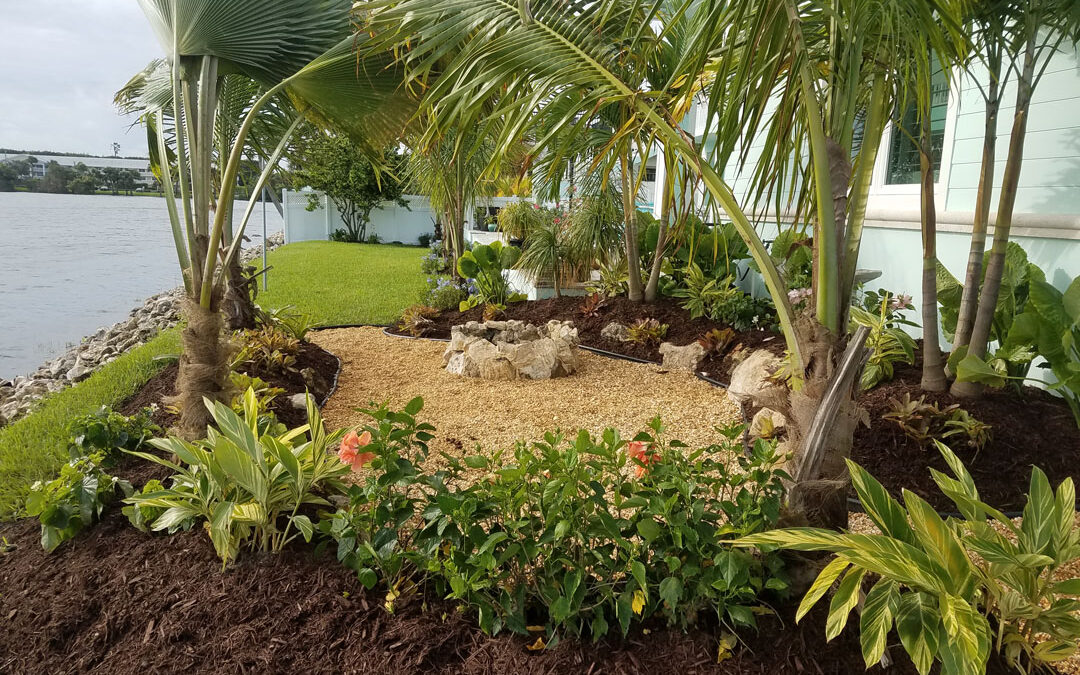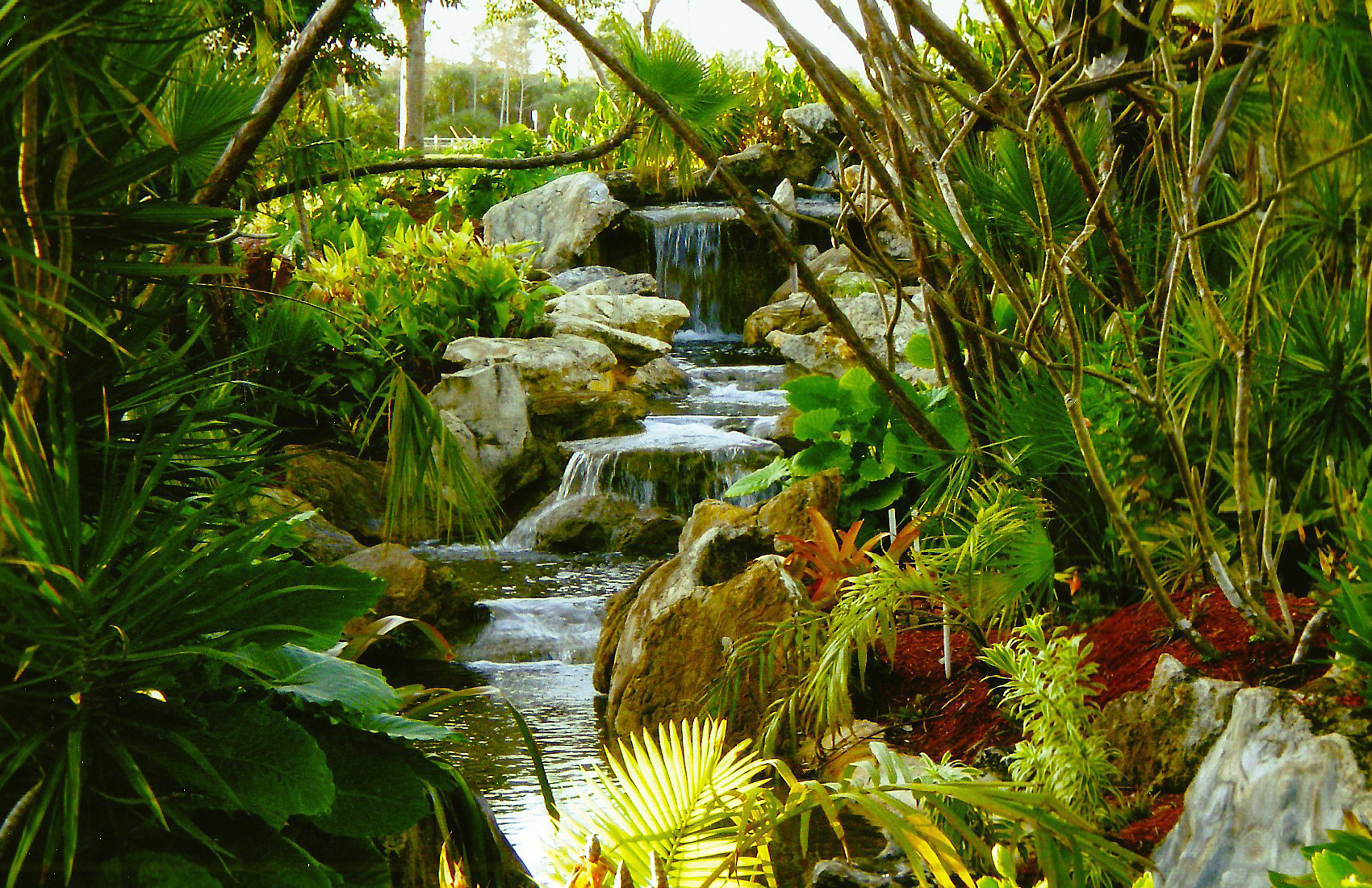The following short list of insects can be thought of as more common in our area, and can have a detrimental effect on the health and as well, the bloom output of your plants and trees. This is not a comprehensive list of insects, not to speak of diseases that could be present.
If you notice any one of the following, or any unusual growths or distortions of the plant or tree leaves, for further guidance we recommend speaking with licensed and insured pest control professionals, which we are not.
In Palm Beach County, Florida we refer many of our clients to Turner Pest Control Services to help with treating insects and diseases both inside and outside of the home and in the landscape. They also provide a variety of fertilization programs for the landscape as well.
For another source of information, we again refer the University of Florida Extension Service which for our county is located in the Mounts Botanical Garden Campus.
We hope any viewing may find the information here helpful and as we are not a source that offers treatment for insects or diseases on plants or trees, this can be an issue that can affect the health of your landscape, and ultimately the blooms and flowers it produces.
This section is meant to make you aware as one of the main factors to keep into consideration and to inspect if you are having problems with your landscape. For further help with this problem, in our area, we again refer Turner Pest Control, outside of our service area we suggest looking for referrals in your search for help with this issue.
As with each section of this series on Helping to get more blooms’, we hope any have found this effort helpful and that it might reap beautiful results for your property !
If any may be benefited from our efforts here, that is our goal.
Wishing you the best with your own property and we hope we were able to help !
//////////////
Thrips
“Thrips have unique, rasping-sucking mouthparts that scar plant tissue. They won’t necessarily kill plants, but they can ruin the blossoms … by distorting or killing the developing flower buds. Thrips … can cause more extreme, complete flower kill, destroying the developing flower stalk (raceme) and giving the flower buds a scorched appearance.”
/////////////
This photo from the University of Florida Article : “Orchid Insects and Mite Pests in South Florida”
https://edis.ifas.ufl.edu/publication/IN1433
The image below wording from website article: // The entire flower stalk and developing flower buds of this vanda orchid, normally green, have been stunted and decimated by vanda thrips even before the stalk has had a chance to expand.
Credit: Doug L. Caldwell, UF/IFAS
Thrips : Photos in the 3 photos here below wording from website article ////// TOP, an abundant thrips population on Aerides lawrenceae petals. BOTTOM LEFT, the vanda thrips, Dichromothrips corbetti. BOTTOM RIGHT, color-streaking damage by vanda thrips on Cattleya ‘Momilani Rainbow’ petals, which normally have solid colors.
Credit: Doug L. Caldwell, UF/IFAS
Mealybugs
University of Florida Article : “Orchid Insects and Mite Pests in South Florida”
“Mealybug feeding weakens the plant, causing a decline in overall vigor and loss of leaves, buds, and flowers. Foliage may be spotted, curled, or wilted. Mealybugs produce their waste in liquid form referred to as “honeydew.” This excretion is a sugary substrate for black fungal growth often called sooty mold. When it accumulates in thick layers, sooty mold can hinder photosynthesis and decrease marketability of plants.
TOP, longtailed mealybug Pseudococcus longispinus on a phalaenopsis flower. BOTTOM, Pseudococcus dendrobiorum is a 2009 Florida invader.
Credit: Lyle J. Buss, UF/IFAS
Whiteflies
Damage Symptoms
“Symptoms can be subtle at first, but as the whiteflies feed from the sap stream, a general malaise, yellowing, and stunting may occur.”
Scouting Tips and Management
“Fortunately, these species are large and easy to spot because of all the white waxy material they produce. The presence of sooty mold and ants and swarms of small white insects that appear when foliage is disturbed and resemble a snowstorm globe when it is turned upside down are also common indications of a whitefly infestation. Check the undersides of leaves, petals, and buds. Whiteflies can be rubbed off and smashed, or they may be treated with a pesticide listed in Table 1.”
In a personal observation of our own, in south florida, the presence seen of whitefiles has been widely seen. In our own Palm Beach county in Florida, where our company is located, some years the presence has been seen widely and in years past, creating an awareness of need for professional treatment by pest control companies to help communities limit and contain, eradicate the infestations and damages they can create to landscapes.
In years past when the Whitefly first became seen in our area, it was often talked about within our own trade circles and amongst clients and nursery trades people as one of the most commonly known and talked about new insect issues affecting a large number of palm tree species in a decade most likely. The Whitefly infestations have been greatly reduced and more quickly treated now than when the outbreak was first learned of.
The Whitefly has held a greatly reduced presence, but can be viewed anywhere palm trees grow in our South Florida area.
These photos show clean, close up images of the Whiteflies, while the stages of their infestation on palms, mostly that we have come across, can vary from a subtle beginning of seeing the presence of the whiteflies as in these photos, to more extreme examples where the bottom and sometimes the top surfaces of palm tree branches are covered in the a “black soot” appearance as a residue from the bugs.
ORGANIC OR NON – TOXIN REMOVAL OF WHITEFLIES
They can be treated, we have seen them be removed by washing the leaves of those palms that were newly dug from a field, being transported. A garden hose, washing the leaves, even a mild dishwashing soap as a Dawn liquid, or a powered pressure cleaner, rinsing each leaf or palm fron with higher pressured stream of water, without using any soaps, being effective in the removal of the whiteflies as well as the black soot that can take some effort scrubbing or washing to remove.
NOTE : This method can be used on plants and palms that are established, where able. More difficult to spray a mature, grown palm tree than one that is being prepped for installation while the palm frons can be moved and made to be hand reachable.
TOP, Aleurodicus dispersus whitefly adults and semi-circular egg trails and waxy filaments on bell orchid, Grammatophyllum scriptum. BOTTOM, close-up view of A. dispersus immature stages with waxy thread-like material.
Credit: Top, Doug L. Caldwell, UF/IFAS; bottom, Lyle J. Buss, UF/IFAS
Mites
TOP, adult two-spotted spider mites and stippling feeding damage. BOTTOM, spider mites and intense, film-like webbing.
Credit: Top, James L. Castner, UF/IFAS; bottom, Doug L. Caldwell, UF/IFAS
In the example of Orchid plants, “Orchids may be attacked by two main mite groups: spider mites (Tetranychidae) and flat mites (Tenuipalpidae). Perhaps the most common among these is the ubiquitous two-spotted spider mite, Tetranychus uriticae (Figure 9, top). In addition, at least four flat mite species attack orchids. These are sometimes called “false spider mites” because they do not produce the fine webbing characteristic of true spider mites (Figure 9, bottom).”
Damage Symptoms
One has to be acutely observant to find these tiny arthropods. Mites have a pair of miniscule, knife-like lacerating mandibles they use to mash the mesophyll cells, and then they suck up the leaking fluids and chlorophyll with their gnathosoma, which is essentially a large upper lip. Spider mite feeding sucks the fluids from cells, leaving stippled or whitish areas on foliage that progress to tan or bronze patches. Flat mite feeding creates more of a pock-marked appearance (Figure 11, top) that becomes silvery and then rusty black. Look for their shed, white exoskeletons, which stand out against the rusty black color of damaged leaves. Mites can disfigure or even kill plants if ignored.
Scouting Tips and Management
Webbing (Figure 9, bottom) and stippling or yellow speckles can indicate spider mite activity. The much smaller flat mite does not produce webbing, and its feeding damage has more of a pock-marked, stippled appearance. Both types of mites prefer to feed on the undersides of the leaves.
Scale
TOP photograph, life stages of the Boisduval scale. From top, two yellow crawlers (first instar stage which emerges from the egg); center, male with three longitudinal ridges in its white covering (test); bottom right, circular shield covering of females; and bottom left, white fluffy wax material produced by male scales. BOTTOM photograph, the circular shield has been removed from three Boisduval scale females, exposing the yellow, naked body o
Credit: Doug L. Caldwell, UF/IFAS
A Brief Biology
There are several groups of scale insects, but the two main groups of scale insect pests affecting orchids are armored scales and soft scales. Compared to soft scale species, armored scale species are small and flat, with adult females measuring about 1/16 inch long (1 to 2 mm long).
With soft scale species, by contrast, the adult females are larger, about the size of a plant bud in the 1/8-inch range (3 mm). They have a somewhat rounded profile. Soft scale species excrete “honeydew,” a rich, sugary liquid. A black fungal growth called sooty mold often colonizes the honeydew, sometimes in thick layers. Sooty mold is quite noticeable and can be a red flag of an active infestation.
Armored scale insects are unique in that their top covering (or test) is detachable and can be flipped off or removed (Figure 1). The soft scale species do not have a removable shield or top “armor.” The reproductive capacity of armored scales is lower than that of soft scale species and may range from 25 to 100 eggs per female. The soft scale group reproductive capacity ranges from about 400 to 3,000 eggs per female depending on the species.
Damage Symptoms
The long, threadlike, piercing-sucking mouthparts of Boisduval scale, called stylets, pierce and damage leaf cells causing chlorotic depressions (Figure 2) and plant decline. A single scale can produce broad zones of cell death, resulting in chlorosis and necrosis (Johnson 2010).





